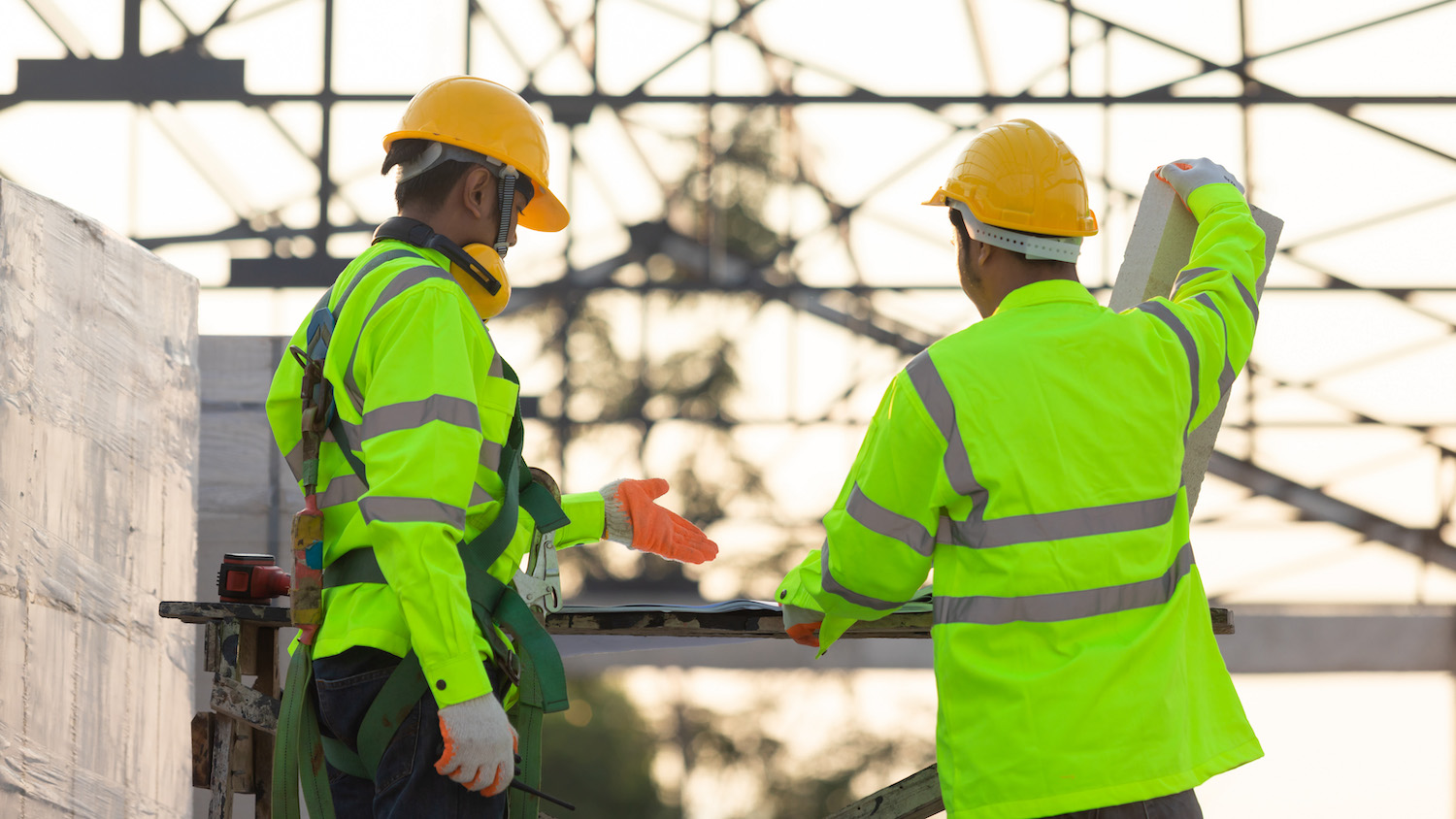
Quality and safety – the twin pillars of good construction
Ahead of World Day for Safety and Health at Work, project director Nicky Rance explains why the right culture is crucial to delivering the highest standards in construction
To commemorate World Day for Safety and Health at Work (28 April), it is only fitting to highlight the often overlooked, crucial link between quality and safety within the construction industry.
Earlier this year, the CIOB released its Corporate Plan 2023-28, identifying quality and safety as one of its three industry-wide areas of focus.
Two key components of any project, they are unique due to their direct correlation and the significant impact they have on each other.
When both are carried out effectively, these twin drivers of quality construction promote health, safety and wellbeing throughout a project. This leaves a lasting impact that is evidenced by the very structure of the project’s final outcome.
As such, we must strive to cultivate an environment that prioritises these vital aspects of a project.
It is crucial that we, as an industry, remind ourselves that cutting corners in ensuring quality can have similarly devastating consequences as taking safety shortcuts
Culture is key
Good-quality construction and the prioritisation of safety stem from having the right culture. While this isn’t something that can appear overnight, implementing an open system that fosters excellent leadership, pride in workmanship and allows for all opinions to be heard will eventually create a space where people naturally put quality and safety first.
It is crucial that they do this because it’s the right thing to do, rather than because it’s what they’ve been told.
A change in culture is the first step to ensuring that quality and building safety lies at the heart of construction projects.
To drive this point home with our team, culture was introduced as one of the five metrics used for managing and measuring success for both quality and safety at Sir Robert McAlpine.
Quality over quantity
Poor-quality workmanship can have direct impacts on safety – take the closure of 17 Scottish schools following the collapse of poorly constructed walls as an example.
Despite instances like this, it can be difficult to maintain a sector-wide focus on quality in the same way as is had on safety. After all, there is an obvious immediate link between unsafe acts or situations on physical safety, whereas in cases of poor quality, the consequences are often less obvious and longer term.
However, it is crucial that we, as an industry, remind ourselves that cutting corners in ensuring quality can have similarly devastating consequences as taking safety shortcuts.
What can we do?
More needs to be done in an industry-wide effort to raise awareness and understanding of the potential impact that poor-quality construction can have on safety.
A good starting point would be to promote the right culture on every project level.
It is important to create an environment where a focus on quality and safety is the norm, laying the groundwork for “what if” discussions, bringing quality failure (and success) stories to light and cultivating an open and honest atmosphere where mistakes can be resolved swiftly without fear of punishment.
Looking forward, the new Building Safety Regulator (BSR) – formed under the Health and Safety Executive (HSE) – is set to oversee the safety and standards of all buildings.
It will bring with it more enforced reporting requirements, promoting the reporting of quality concerns. However, ultimately what is needed is a sector-wide shift in mindset to strengthen the culture.
We can all play a part in managing quality and safety on projects. These small changes and conversations, while seemingly inconsequential, can help ensure that the right level of attention is paid to both these vital considerations.
Nicky Rance is project director at Sir Robert McAlpine.
Comments
Comments are closed.







This is a very insightful and informative piece of information. I can utilise the information on our construction safety management process.
Thank you
Clear and insightful observations and thoughts on these two important subjects.